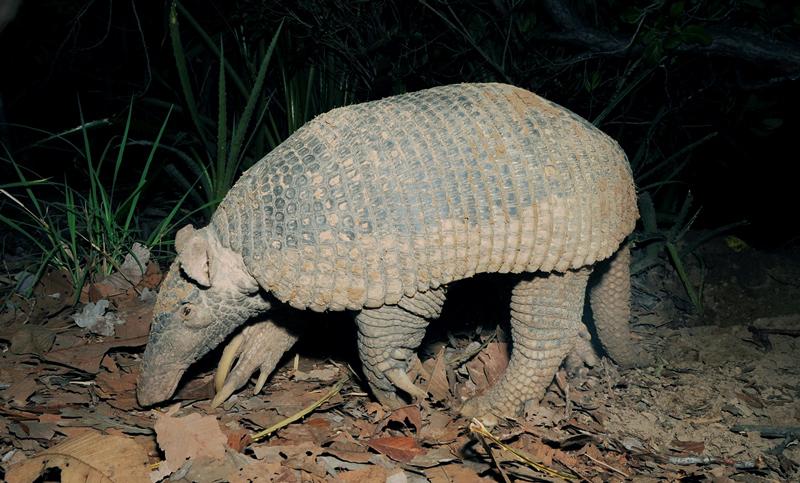Yamil E. Di Blanco
Other projects
3 Aug 2020
Movement Patterns and Habitat Requirements of Giant Armadillos (Priodontes maximus) in the Chaco Region of Argentina
2 Feb 2024
Movement Patterns and Habitat Requirements of Giant Armadillos (Priodontes maximus) in the Chaco Region of Argentina II
Understanding how landscape features affect Giant armadillo presence and its role as ecosystem engineer to promote a management and conservation plan for the species in Argentina.

Our research proposal is aimed at establishing the first long term study on giant armadillos in Argentina. The particular objectives of this project are:
1) To understand how landscape features affect Giant armadillo presence and persistence. I, with the aid of a field assistant, will made 6 field trips to Copo National Park and El Impenetrable National Park. During campaign activities we will systematically search for burrows of giant armadillos and measure habitat characteristics at a local scale. We will assess the characteristics of the landscape that promote Giant armadillo’s occupancy (e.g., habitat and micro-habitat types, distance to water and other natural landscape attributes) and the effects of human impacts (hunting pressure, human accessibility, distance to human settlements, etc.).
2) To assess the role of the giant anteater as an ecosystem engineer, by evaluating the use of giant armadillo´s burrows by other medium- to large-size vertebrates. In each active or recently active burrow found during field surveys I will place camera-traps to evaluate which other vertebrate species use these structures as shelter or as a source of food. We will compare these patterns with those from excavations of other armadillo´s species and with results from the Brazilian populations (of the Pantanal and the Cerrado ecoregions) to understand the ecological role and importance of giant armadillos in their habitats, especially in the Argentine Chaco.
3) To disseminate the results of this study and promote the involvement of NGOs and Governmental Agencies in the development of a management and conservation plan for the species in the Chaco region. After completion of the first year of this project I will use all the information and data collected to write a comprehensive report which includes analysis of potential mitigation measures applicable to giant armadillos in Argentine Chaco region. These guidelines are meant to be used throughout the Giant armadillo distribution in Argentina and will be reviewed by many collaborators in the first workshop with local and national authorities to establish guidelines and responsibilities for the developing of a management plan for the Giant armadillo in Argentina.